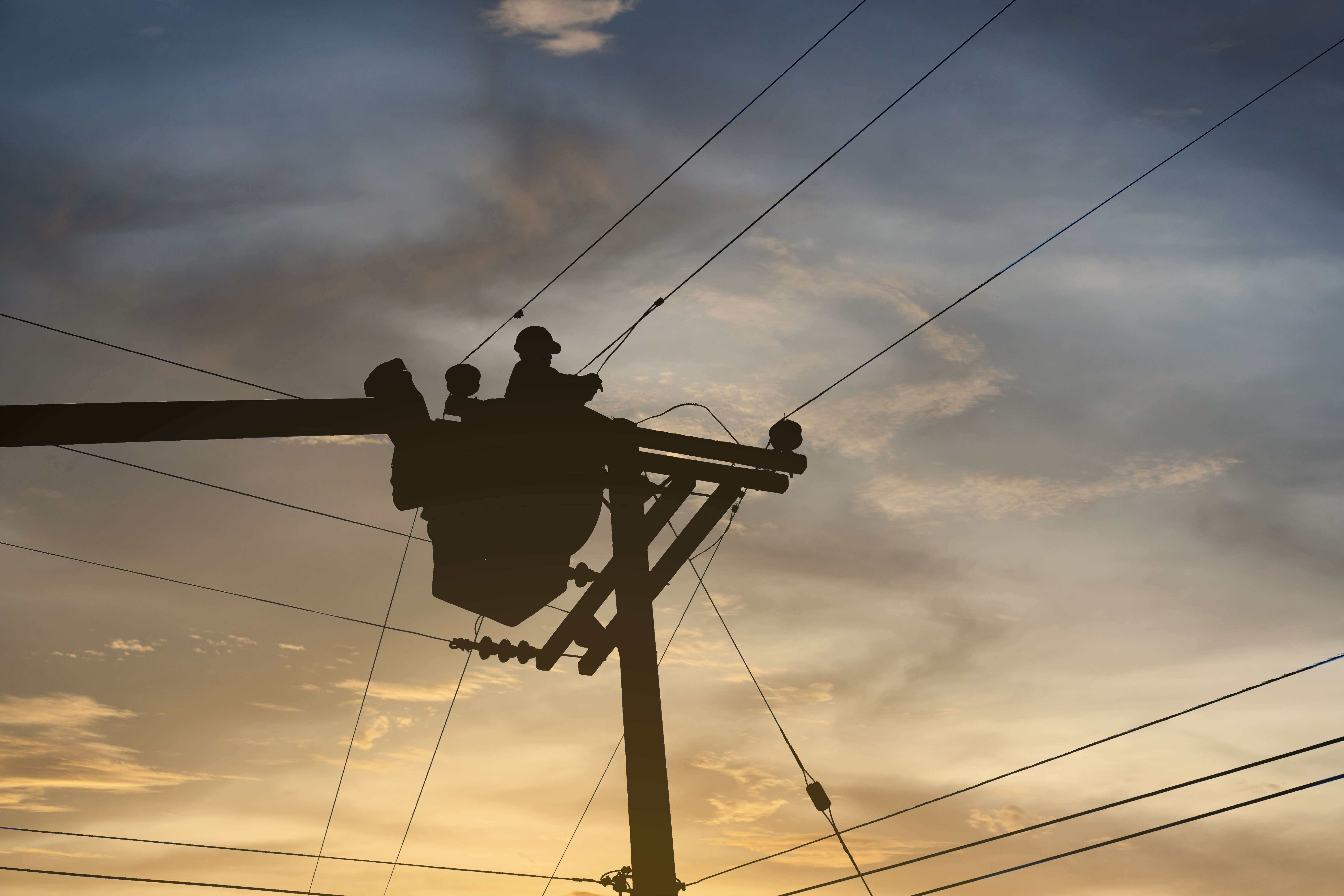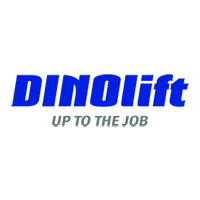IPAF recently published the Global Safety Report 2023, analysing a decade of data on powered access machine incidents. We spoke with Brian Parker, IPAF’s Head of Safety and Technical, about the challenges, campaign goals and his unwavering positivity in the face of disheartening accident reports.
Every worker deserves to go home safely. As such, the International Powered Access Federation (IPAF) has released the Global Safety Report 2023, which has analysed ten years’ worth of data relating to the leading causes of serious injuries and fatalities when using powered access machines.
The report’s architect is Brian Parker, IPAF’s Head of Safety and Technical. He has been passionately involved with promoting safety and improving the industry for over two decades. However, it has not been without its challenges.
We spoke with him about the improvement in technology, difficulties, campaign goals and how he remains positive in the face of regular disheartening serious accident reports.
How have Mobile Elevated Work Platform (MEWP) manufacturers improved safety?
Over the last few years, MEWP manufacturers have done a great job of second-guessing the what-ifs regarding operator risk management. The technology improvements range from secondary guarding, load monitoring and envelope control systems to harness detection, rear-facing cameras and remote diagnosis.
We are seeing much smarter machines, but they are only as good as the person using them or not using them properly. Safety devices are not a panacea that will prevent somebody from being hurt. You still need the operator’s eyes, ears and other senses. You can’t legislate for people.
Can you explain what you mean by ‘you can’t legislate for people’?
Some anonymous information sent to IPAF via our Accident Reporting Portal is disheartening. You think, ‘Why didn’t you wear your harness? Why did you climb up the machine’s guardrails?’ Nine times out of ten, it’s down to behaviour, attitude or simply that they didn’t think bad things would happen to them.
While many operators have experience operating MEWPs, their expertise typically lies in areas like painting, fixing, erecting steels or sign erection. Operating the MEWP is not their primary occupation and it is often just a tool to enable them to do their skilled job. Additionally, operators can become complacent about safety as they are familiar with the on-site machines.
What have you found to be the root causes of most incidents?
The root causes are poor planning, lack of equipment segregation, and not using personal protective equipment. It is hard to believe that so many people die from not wearing a harness and attaching their lanyards in boom-type MEWPs. In some demoralising cases, people were wearing a harness but weren’t clipped on and were ejected from the platform of a boom-type machine.
From the arborist perspective, many MEWP-related accidents occur in the US, for example, after a hurricane or a storm. There are many electrocutions where trees have fallen onto power lines or when cut tree limbs hit the platform, leading to crushing, ejection or falls, the latter of which was the focus of last year’s safety campaign 'Don’t Fall For It!’
Our new ‘High Voltage!‘ campaign raises awareness that overhead power lines are only overhead if you are on the ground. It’s perspective. You could be above the power line and come down onto it or be parallel and laterally rotate into it.
What impact will the new machinery regulation have on preventing contact with power lines?
In July, a new machinery regulation was introduced that features a clause addressing the risk of contact with overhead power lines. While it won’t become effective until 2027, the new regulation means that manufacturers supplying new MEWPs, certain cranes, excavators and telehandlers to the EU and UK must ensure they are designed and constructed to prevent them from coming into proximity with power lines. It will be interesting to see how this develops.
What factors contribute to minimising accidents in the MEWP industry?
The key to minimising accidents lies in effective planning. Conducting a thorough survey of the machine for the specific job, identifying hazards and risks, and conducting a robust and suitable risk assessment. However, the role of the operator is critical. Training is vital, but even with proper planning, things can go wrong if the person operating the controls is not attentive.
Supervision is vital, along with having emergency plans in place. Keeping the rescue plan as a dynamic document referring to it and practising the rescue is crucial. Using IPAF’s free resource library and FAQ page can save time and help those who plan jobs, including operators, understand these issues. Finally, adequate familiarisation with the equipment and training individuals are essential.
How can we promote a culture of incident and near-miss reporting without fear of repercussions?
There is often a fear of repercussions and losing your job if you are highlighting inadequacies in an organisation’s safety. Ideally, we need to foster a no-blame culture and emphasise that the primary goal of collecting and finding this information is to understand why the near misses are happening and then improve safety. This must be reinforced through company policy, training and being open instead of fearing the negative consequences, such as ‘three strikes and out’.
What gives you optimism about reducing accidents in the MEWP industry?
We can’t change the world, but we can raise awareness of issues. However, it’s a double-edged sword. IPAF wants more accident data because it helps with training, guidance and promoting a safe industry. Producing this global safety report, we’re highlighting the main reasons for serious and fatal injuries in the industry.
We are all working towards creating safer equipment with improving standards, guidance and machine design. IPAF has many excellent courses and does receive positive feedback that we are making people aware of their responsibilities—this is how I remain optimistic for the future.

Download the IPAF Global Safety Report 2023 in one of several languages here.





